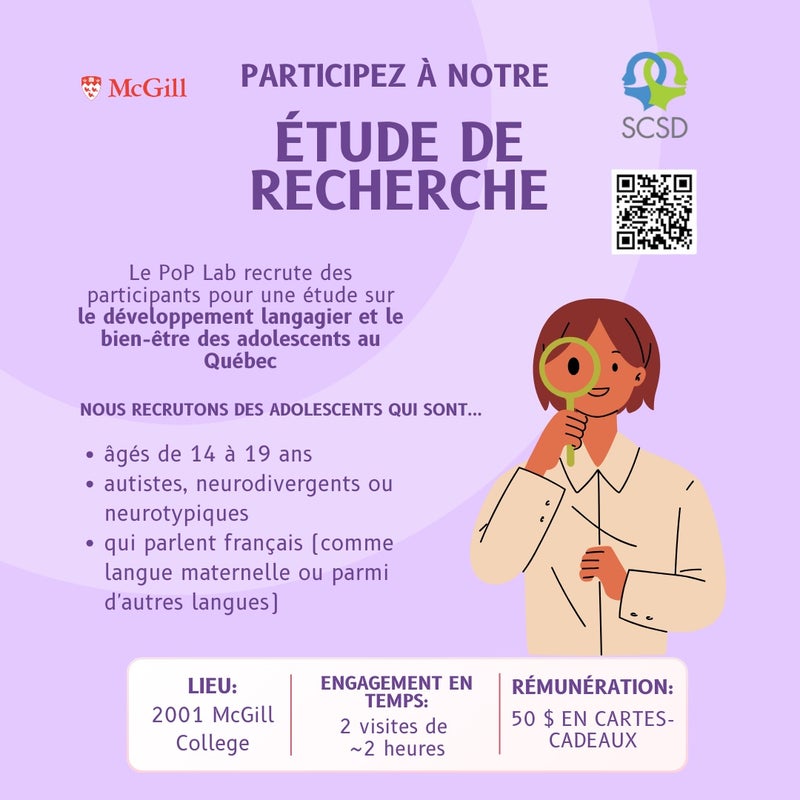Restoring self-regulation

Big emotions can affect both children and adults alike – at home, in school or in the workplace. Understanding how to navigate them has become an increasingly important focus as learning and productivity can become impaired no matter how old we are.
How to both understand this process and acquire the coping strategies are well documented in the book The Whole Brain Child by Dr. Daniel J. Siegel and Tina Payne Bryson. Particularly helpful is Dr. Siegel’s model of “flipping your lid” to explain emotional dysregulation and, more importantly, how to move to regulation.
Typically, when we feel calm, our logic centre (prefrontal cortex) is in control, and there is a balance between all parts of our brain. We think rationally; our emotions are regulated, and so is our decision-making. This logical part of our brain works in tandem with our emotional brain (the limbic system, which is led by our amygdala).
The amygdala is like our internal smoke detector that functions as a protective alarm signaling our body to release chemicals (adrenaline, cortisol, etc.) to activate our defense system. When a threat is registered, we then appropriately move into fight, flight or freeze. Our defense system is activated, and the control system flips with our emotional brain in control. Once danger has passed, the all-clear signal is received, and things go back to the status quo with our brain in balance.
But what happens when the perceived threat is not real, or the alarm signal keeps sounding? That is when Dr. Siegel’s model explains we have “flipped our lid” as our emotional brain overtakes our logical brain and remains stuck in the imbalance. We can easily identify this in children’s tantrums. In adults, we can see impulsive behaviour, difficulty making decisions and thinking clearly. Access to the logic or thinking centre is temporarily “off-line.”
Dr. Siegel discusses strategies to restore self-regulation in his book:
- Connect and Redirect
Connect: It is important to first acknowledge the feelings that the dysregulated person (child or adult) is experiencing. By validating their feelings or perceptions, a sense of safety and security is increased while the state of alarm is decreased. Also, it helps open access to the logic centre.
Redirect: Once calmer and feeling understood, the dysregulated person will only now be ready to begin practiced strategies. For example, parents or teachers helping a child walk through the rehearsed steps of a calming strategy in an empathetic manner can make it easier for the child to become self-regulated.
- Name It to Tame It
Identifying emotions can have a major influence. By labeling feelings, it is easier to not only understand them but to manage them. This is also another way to engage the logical brain. Emotion charts or images of animals may be useful visual prompts to help recognize or name feelings. Creating links between emotions and accompanying body cues or sensations can also be powerful. Recognizing what may be initiating the “flipping your lid” process such as clenched fists or jaws when angry can reinforce the mind-body connection.
- Engage, Don’t Enrage
A key to helping a dysregulated person is to, oneself, stay calm. Children in particular mirror the emotions of others. If the adult with them becomes agitated, it will heighten their emotions. However, if the adult is calm, the child will regulate more easily. Demonstrating self-regulation will serve as a model for the child and be very impactful.
- Move It or Lose It
Calming activities don’t necessarily mean being sedentary. To reduce agitation, moving can help shift from being in an emotional state to regaining balance and a sense of control. Going for walks, playing basketball, putting on music and dancing or riding a bicycle can decrease intense feelings and help move towards self-regulation.
- Teach Mindsight
Mindsight, a term coined by Dr. Siegel, refers to developing self-awareness through understanding one’s own thoughts and feelings. Essential to mindsight is having opportunities to practice suitable strategies. Dr. Siegel also highlights the importance of learning how to adapt to uncomfortable situations and feelings. He describes the importance of reminding children that feelings are temporary. While they may feel stuck with a negative feeling, it is not a permanent situation. Using the analogy of a cloud and pointing out how it “rolls by” in the sky may help a child understand how fleeting emotions can be.
What comes out of this book is that self-regulation is a learned life skill that can lead to increased self-control, independence and resilience.
Janet Silverstone Perlis is a psychologist with the Student Services department of the English Montreal School Board.
Find Elisa's Pixabay profile here.









